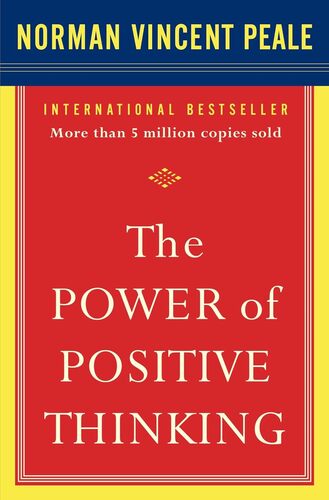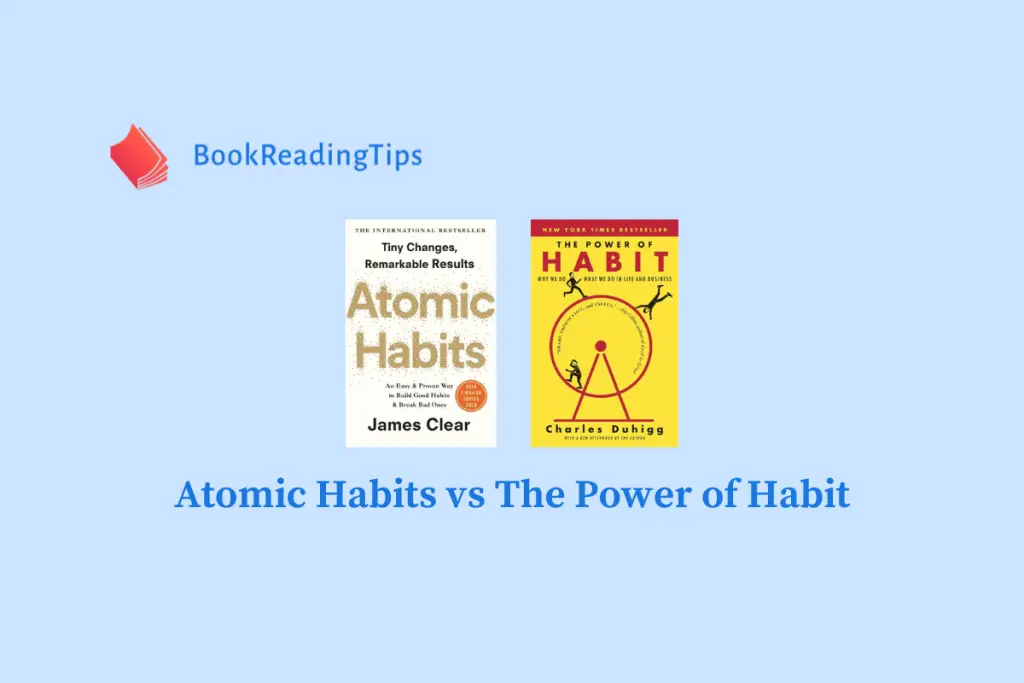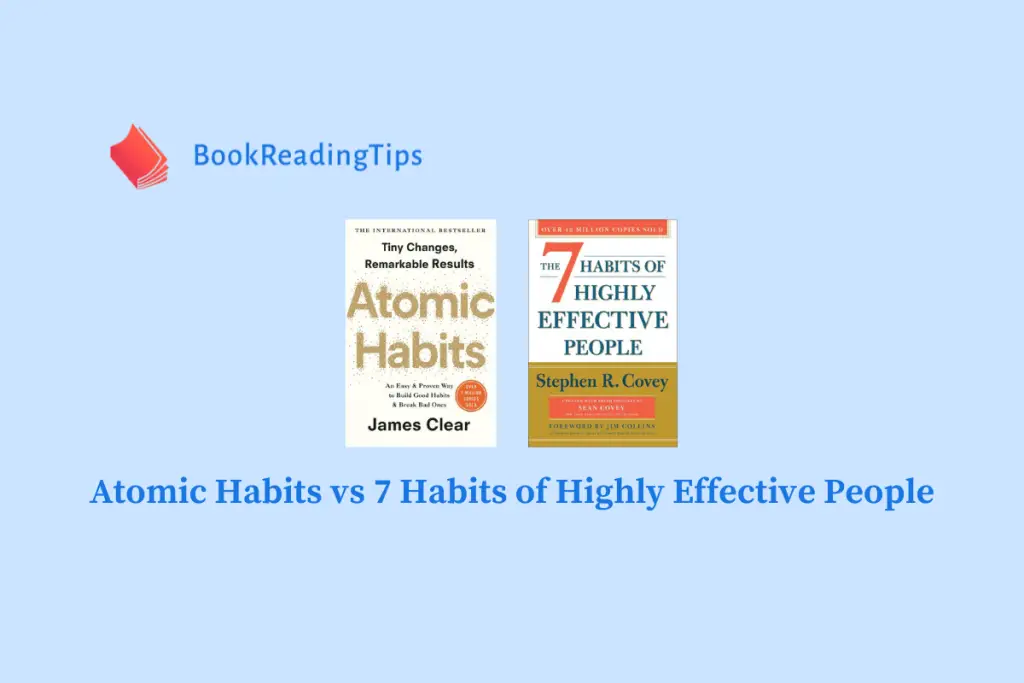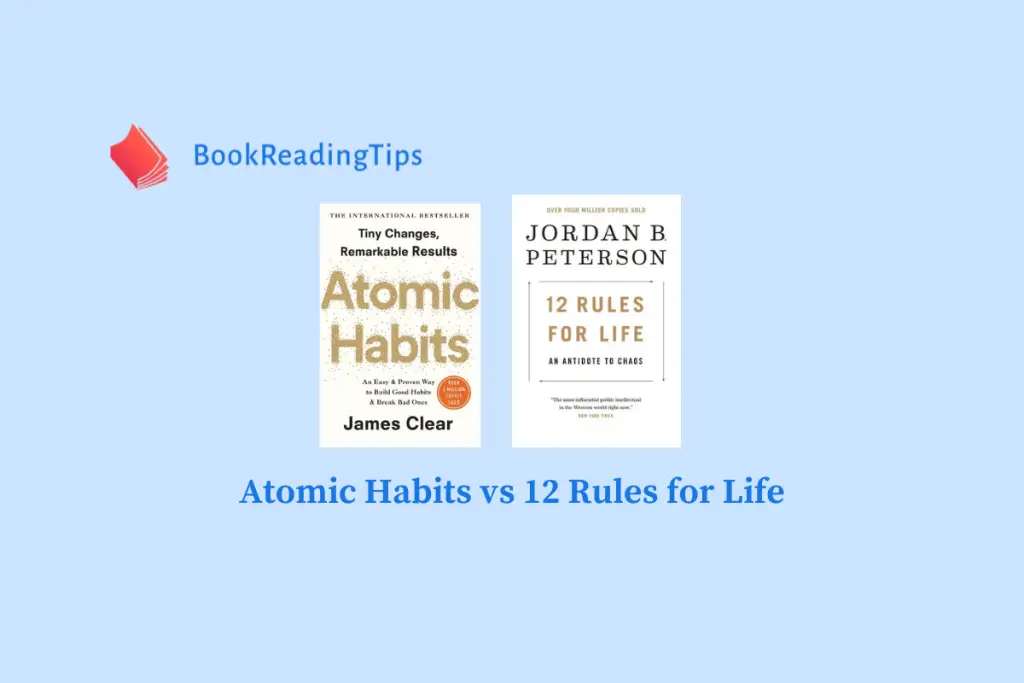Have you ever wondered about the power of our habits and thoughts in shaping our lives? In the world of self-improvement literature, two popular books that tackle this topic are Atomic Habits and The Power of Positive Thinking. Atomic Habits, written by James Clear, delves into the science of habit formation and how small changes can lead to big results. On the other hand, The Power of Positive Thinking, penned by Norman Vincent Peale, explores the impact of positive thoughts on our mindset and overall well-being.
Atomic Habits focuses on the practical aspects of habit formation, providing actionable steps to create lasting change. On the other hand, The Power of Positive Thinking delves into the power of our thoughts in shaping our reality and offers strategies to cultivate a positive mindset. If you are looking to improve your habits and productivity, Atomic Habits is a great read. But if you want to work on your mindset and cultivate a positive outlook on life, The Power of Positive Thinking may be more suited to your needs.
In the following article, I will be diving deeper into the concepts discussed in Atomic Habits and The Power of Positive Thinking. We will explore how habits and thoughts impact our lives, and how we can harness their power to create a more fulfilling and successful life. So grab a cup of coffee, get comfortable, and let’s embark on a journey of self-discovery and personal growth together.
Table of Contents
- Core Principles of Atomic Habits
- Core Principles of The Power of Positive Thinking
- Similarities & Differences Between Both Books
- FAQs
- 1. How do Atomic Habits and The Power of Positive Thinking differ in their approach to personal development?
- 2. Which book emphasizes the importance of mindset in achieving goals?
- 3. How does Atomic Habits suggest breaking bad habits and building good ones?
- 4. In what way does The Power of Positive Thinking recommend approaching challenges and setbacks?
- 5. Which book provides practical strategies for personal growth and development?
- 6. How can individuals benefit from incorporating principles from both Atomic Habits and The Power of Positive Thinking into their lives?
- Conclusion
Core Principles of Atomic Habits

i. Habit Stacking
One of the key principles discussed in Atomic Habits is the concept of habit stacking. This involves linking a new habit to an existing one, making it more likely that the new habit will stick. For example, if you want to start flossing your teeth every day, you could stack this new habit onto the existing habit of brushing your teeth. By connecting the two actions, you are more likely to remember to floss each day.
ii. The 1% Rule
Another core principle in Atomic Habits is the idea of the 1% rule. This rule suggests that small, incremental improvements over time can lead to significant changes in the long run. By focusing on making small changes each day, you can gradually build momentum and see big results over time. This principle emphasizes the importance of consistency and persistence in creating lasting habits.
iii. Environment Design
Atomic Habits also emphasizes the importance of designing your environment to support your desired habits. By making small changes to your surroundings, such as placing healthy snacks within easy reach or setting up a designated workspace for focused work, you can make it easier to stick to your habits. This principle highlights the impact that our environment can have on our behavior and the power of making small changes to support our goals.
Core Principles of The Power of Positive Thinking

i. The Power of Belief
One of the central principles of The Power of Positive Thinking is the idea that our beliefs and thoughts have a direct impact on our reality. By cultivating a positive mindset and focusing on optimistic thoughts, we can attract positive outcomes and opportunities into our lives. This principle emphasizes the importance of maintaining a positive attitude and believing in the possibility of achieving our goals.
ii. Visualization
Another core principle in The Power of Positive Thinking is the practice of visualization. By vividly imagining our desired outcomes and success, we can create a mental image of what we want to achieve. This visualization technique can help to increase motivation, build confidence, and align our actions with our goals. By regularly visualizing our success, we can program our minds for success and increase our chances of achieving our aspirations.
iii. Affirmations
The Power of Positive Thinking also explores the power of affirmations in shaping our beliefs and mindset. By repeating positive affirmations and statements about our goals and abilities, we can reprogram our subconscious mind and overcome self-limiting beliefs. Affirmations can help to boost confidence, increase self-esteem, and cultivate a positive self-image. This principle highlights the importance of using positive language and affirmations to support our goals and aspirations.
Similarities & Differences Between Both Books
Similarities
When comparing Atomic Habits and The Power of Positive Thinking, I have noticed some striking similarities between the two books. Both books emphasize the importance of mindset and how our thoughts can greatly impact our actions and ultimately, our lives.
In Atomic Habits, James Clear discusses the power of small habits and how they can lead to significant changes over time. Similarly, The Power of Positive Thinking by Norman Vincent Peale highlights the importance of maintaining a positive attitude and how it can help us achieve our goals and overcome obstacles. Both authors stress the idea that our habits and thoughts play a crucial role in shaping our reality.
Furthermore, both books provide practical strategies and techniques for implementing positive changes in our lives. Whether it’s creating a habit loop in Atomic Habits or practicing positive affirmations in The Power of Positive Thinking, both books offer actionable steps for personal growth and development.
Differences
Despite their similarities, Atomic Habits and The Power of Positive Thinking also have some notable differences. One key difference is their approach to habit formation. While James Clear focuses on the science behind habit formation and the importance of incremental changes, Norman Vincent Peale takes a more spiritual and faith-based approach in his book.
Additionally, Atomic Habits places a strong emphasis on the role of the environment in shaping our habits, while The Power of Positive Thinking focuses more on the power of belief and visualization. These contrasting perspectives offer readers different ways to approach personal growth and self-improvement.
Overall, both books offer valuable insights and strategies for cultivating a positive mindset and creating lasting change in our lives. Whether you prefer a more scientific approach like Atomic Habits or a more spiritual approach like The Power of Positive Thinking, both books have something to offer for anyone looking to make positive changes in their habits and mindset.
FAQs
1. How do Atomic Habits and The Power of Positive Thinking differ in their approach to personal development?
Atomic Habits, written by James Clear, focuses on the idea of making small, incremental changes to create lasting habits. On the other hand, The Power of Positive Thinking, by Norman Vincent Peale, emphasizes the power of positive thoughts and beliefs in shaping one’s reality.
2. Which book emphasizes the importance of mindset in achieving goals?
The Power of Positive Thinking places a strong emphasis on the role of mindset in achieving success. It highlights the power of positive thinking in overcoming challenges and reaching one’s goals.
3. How does Atomic Habits suggest breaking bad habits and building good ones?
James Clear’s Atomic Habits suggests breaking bad habits by identifying the cues, cravings, responses, and rewards associated with them, and then replacing them with healthier alternatives. Building good habits involves making small changes consistently over time.
4. In what way does The Power of Positive Thinking recommend approaching challenges and setbacks?
The Power of Positive Thinking encourages readers to approach challenges and setbacks with a positive mindset. By focusing on positive thoughts and beliefs, individuals can overcome obstacles and achieve their goals.
5. Which book provides practical strategies for personal growth and development?
Atomic Habits offers practical strategies for personal growth and development, such as implementing the 1% rule and habit stacking to create lasting change in behavior and mindset.
6. How can individuals benefit from incorporating principles from both Atomic Habits and The Power of Positive Thinking into their lives?
By combining the principles of Atomic Habits and The Power of Positive Thinking, individuals can develop a growth mindset, cultivate positive habits, and maintain a positive outlook on life. This holistic approach can lead to personal growth, resilience, and success in various aspects of life.
Conclusion
Both Atomic Habits and The Power of Positive Thinking offer valuable insights into personal development and achieving success.
Atomic Habits focuses on the power of small, consistent actions to create lasting change. By implementing the principles of cue, craving, response, and reward, readers can build positive habits that lead to long-term success.
On the other hand, The Power of Positive Thinking emphasizes the importance of maintaining a positive mindset to overcome challenges and achieve goals. By harnessing the power of positive thinking, individuals can cultivate resilience and attract success into their lives.
While both books share the common goal of personal growth and success, their approaches differ. Atomic Habits provides a practical guide to building habits, while The Power of Positive Thinking offers a more philosophical perspective on mindset and attitude.
Individuals looking to make lasting changes in their lives through the power of habits should read Atomic Habits. Those seeking to cultivate a positive mindset and overcome challenges with optimism should pick up The Power of Positive Thinking.
Both books offer valuable tools for personal development and success. Whether you want to build better habits or cultivate a positive mindset, these books provide valuable insights and strategies for achieving your goals.




